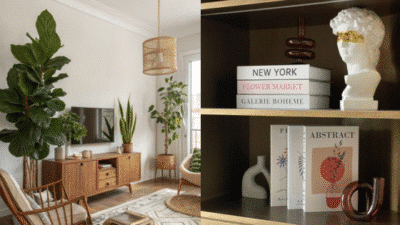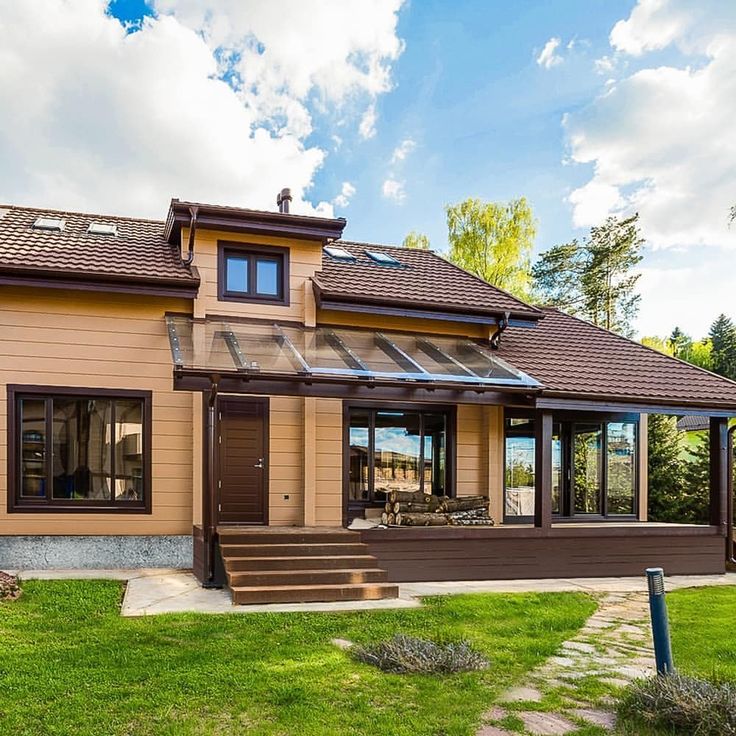
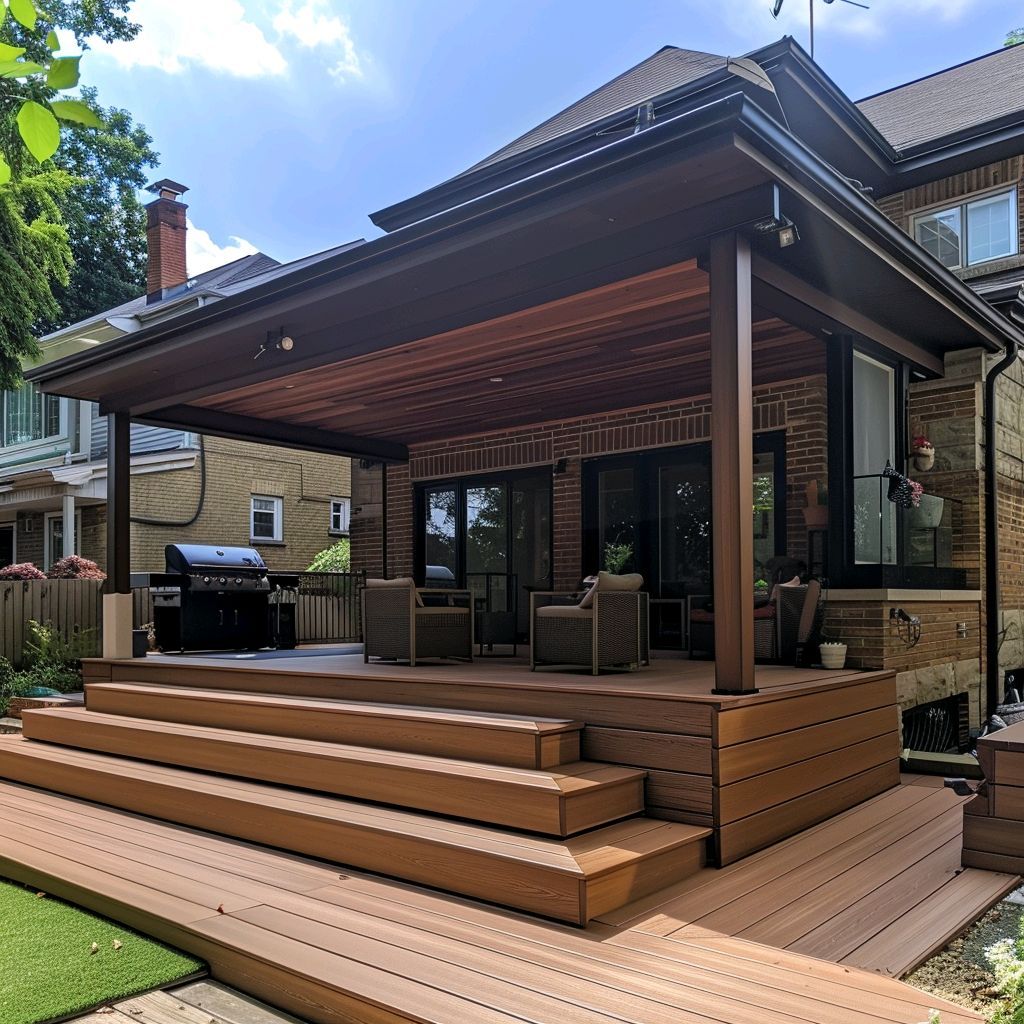
Choosing porch awnings isn’t just about shade, it’s about complementing your home’s character in ways that enhance rather than detract from architectural appeal. An awning that looks perfect on a Victorian home might look completely wrong on a mid-century modern, and mismatches create jarring visual discord that undermines curb appeal you’ve worked to establish.
The right design can highlight architectural details and elevate curb appeal by working with existing features rather than fighting against them. Well-chosen awnings feel integrated and intentional, like they were always meant to be there. Poor choices look like afterthoughts slapped on without consideration for overall design coherence.
How to match awning shapes, colors, and materials with your home’s unique style for a cohesive look requires understanding architectural language and design principles. When you know which porch awnings work visually, you can make choices that enhance your home’s character rather than create an eyesore you’ll regret every time you pull into the driveway.
Understanding Architectural Styles: Traditional vs. Modern Homes


Traditional homes with classic proportions and ornate details call for awnings with curves, scalloped edges, or decorative valances that echo historical design elements. Victorian, Colonial, and Craftsman styles all benefit from awnings incorporating period-appropriate details rather than stark modern lines. These details create visual harmony by speaking the same design language as the architecture they’re attached to.
Modern and contemporary homes with clean lines and minimal ornamentation need simple awning designs without fussy details that would clash with architectural simplicity. Straight edges, solid colors, and minimal hardware complement modern aesthetics better than traditional awning styles loaded with decorative elements. The goal is continuation of design philosophy rather than mixing incompatible styles creating visual confusion.
Transitional styles blending traditional and contemporary elements offer more flexibility, allowing awning choices that lean either direction depending on which architectural features dominate. These homes can accommodate slightly more decorative awnings than pure modern styles or simpler designs than strict traditional homes. Understanding which direction your home leans helps guide appropriate awning selections.
Choosing Colors That Enhance Your Exterior Palette

Coordinating with existing trim colors creates cohesive looks where awnings feel integrated with overall color schemes rather than standing out awkwardly. Matching awning frames to trim while selecting fabric that complements siding creates intentional designs. This coordination requires bringing paint chips or photos to awning consultations ensuring color matches work in actual lighting conditions.
Contrasting colors can create striking focal points when done thoughtfully, but require careful selection avoiding jarring combinations that assault eyes rather than attracting them pleasantly. Bold contrasts work better on modern homes where drama fits architectural character, while traditional homes typically benefit from subtler coordination. Getting contrast right means understanding color theory and how combinations read from street distance.
Neutral awnings in beige, tan, or gray provide safe choices that rarely look wrong while offering versatility if exterior colors change later. These adaptable colors work across most architectural styles without creating strong statements that might tire over time. For homeowners uncertain about color coordination, neutrals provide reliable results even if they lack the excitement bold colors deliver.
Frame Shapes That Complement Rooflines and Windows
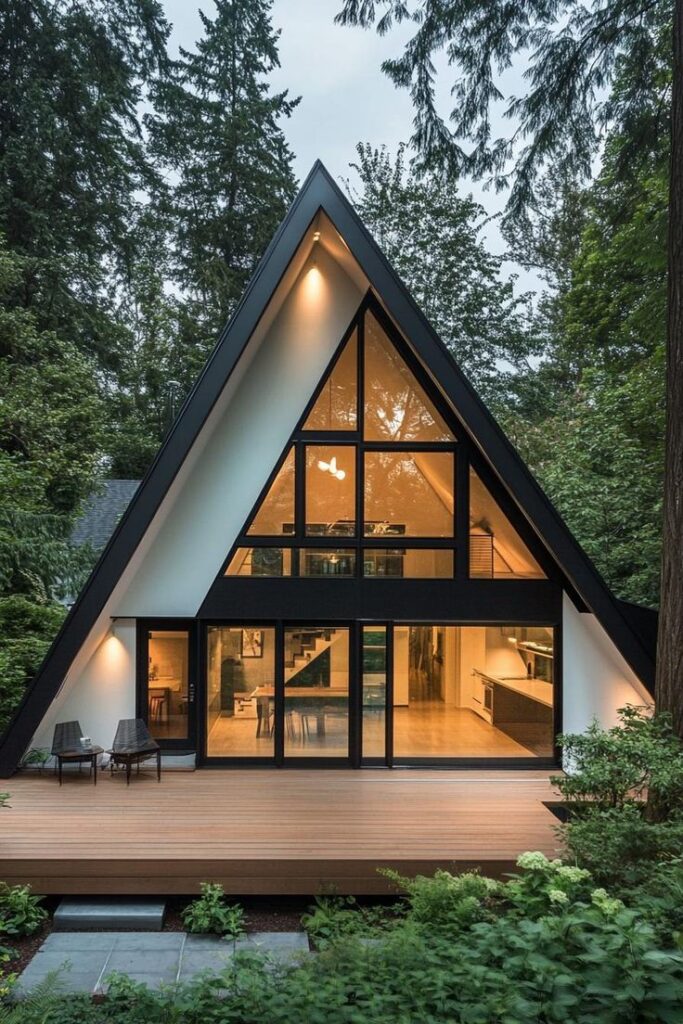
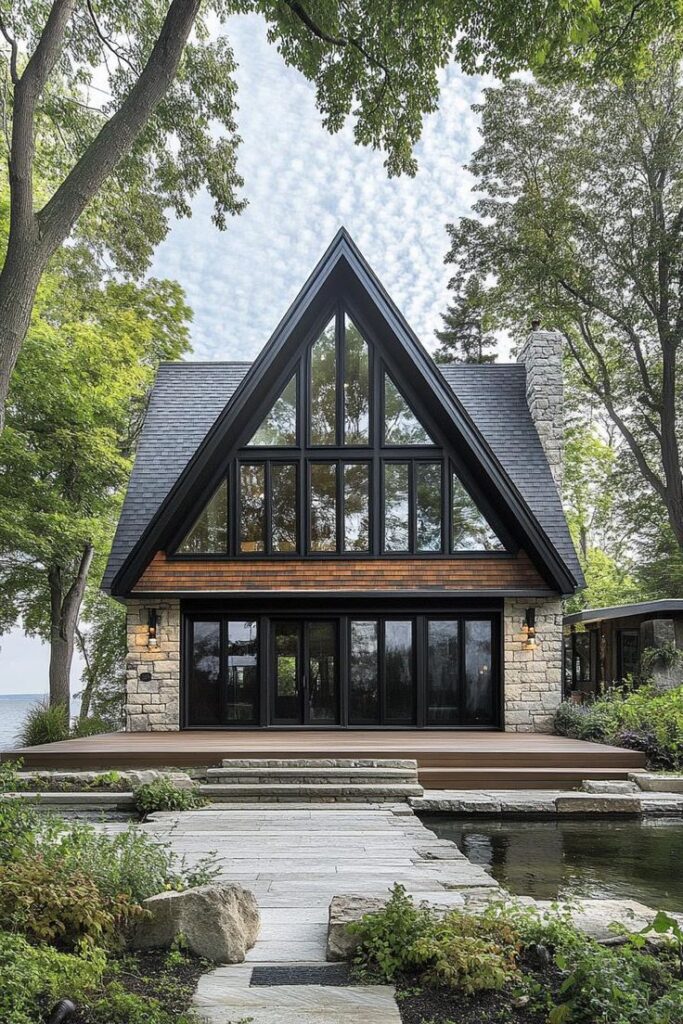
Roof pitch and style influence appropriate awning shapes, with steeply pitched roofs looking best with awnings having similar angles rather than flat profiles fighting architectural character. Traditional steep-pitch roofs pair naturally with dome or waterfall awnings echoing roof slopes, while low-slope modern roofs complement straight-edged awnings maintaining horizontal emphasis throughout designs.
Window proportions affect awning sizing and shape selections, with tall narrow windows needing different approaches than wide expansive openings. Awnings should relate proportionally to windows they shade, neither overwhelming small windows nor appearing insignificant on large expanses. This proportional relationship requires careful measurement and visualization before purchasing to ensure visual balance.
Architectural details like corbels, brackets, or decorative molding sometimes suggest awning styles through their own design language. Homes with curved architectural elements often look better with curved awnings, while homes featuring angular details pair naturally with geometric awning shapes. Reading architectural cues helps select awnings that feel like natural extensions rather than foreign additions.
Balancing Functionality and Design Consistency
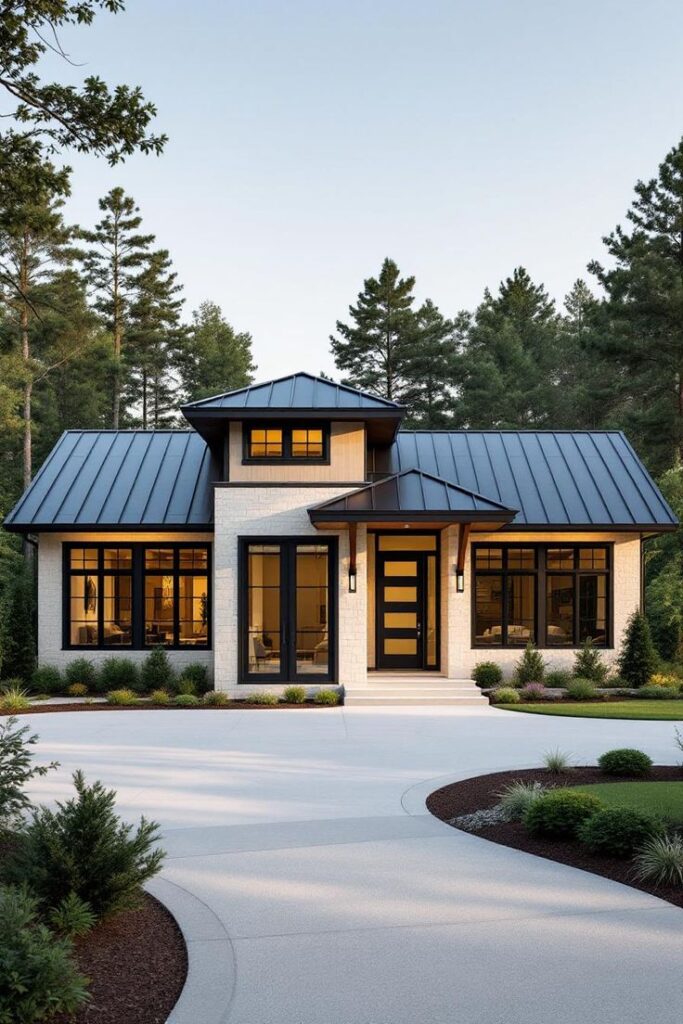
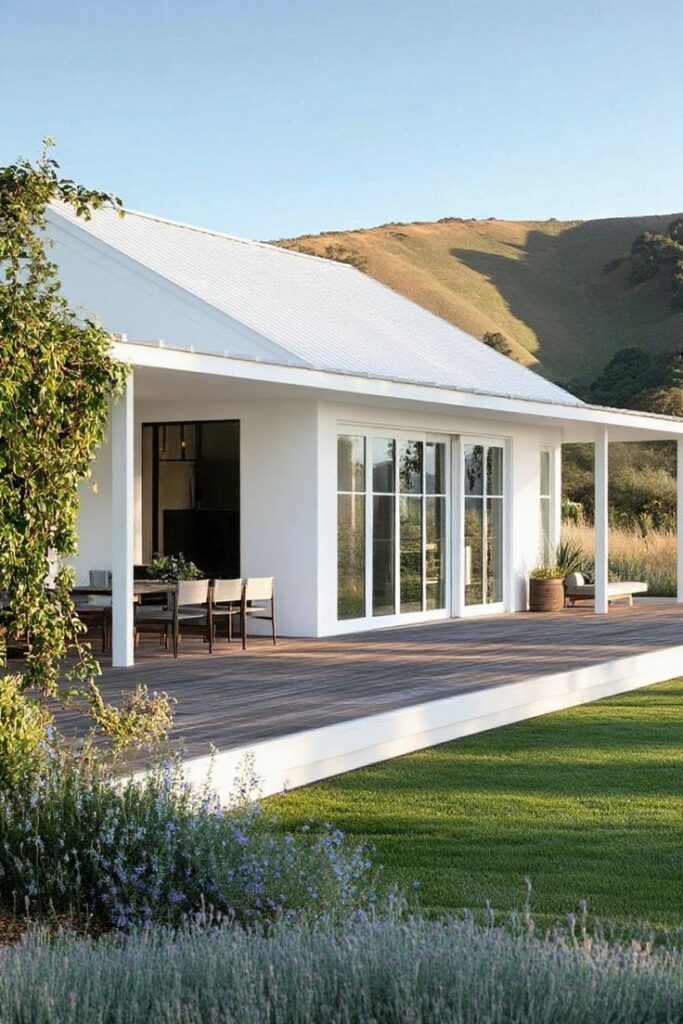
Shade requirements sometimes conflict with aesthetic preferences, requiring compromise balancing practical needs with visual desires. North-facing porches might not need extensive coverage that south exposures demand, allowing smaller decorative awnings rather than large functional ones. Understanding which takes priority prevents either freezing in shade-starved spaces or living with oversized awnings that overwhelm architecture.
Multiple awnings across facades need coordination ensuring consistent styles rather than mixing different designs creating chaotic appearances. Using identical or complementary awnings maintains visual unity, while random selections make homes look confused and haphazardly designed. Planning all awnings together rather than adding one at a time prevents inconsistency that develops when selections happen without considering overall composition.
Seasonal considerations affect awning usage patterns influencing design priorities between maximum functionality and aesthetic appeal. Homes in harsh climates might prioritize durability and weather protection over pure aesthetics, while mild-climate homes can emphasize appearance knowing awnings face less extreme stress. Climate reality should inform design decisions preventing choices that look great but fail to perform adequately.
Conclusion
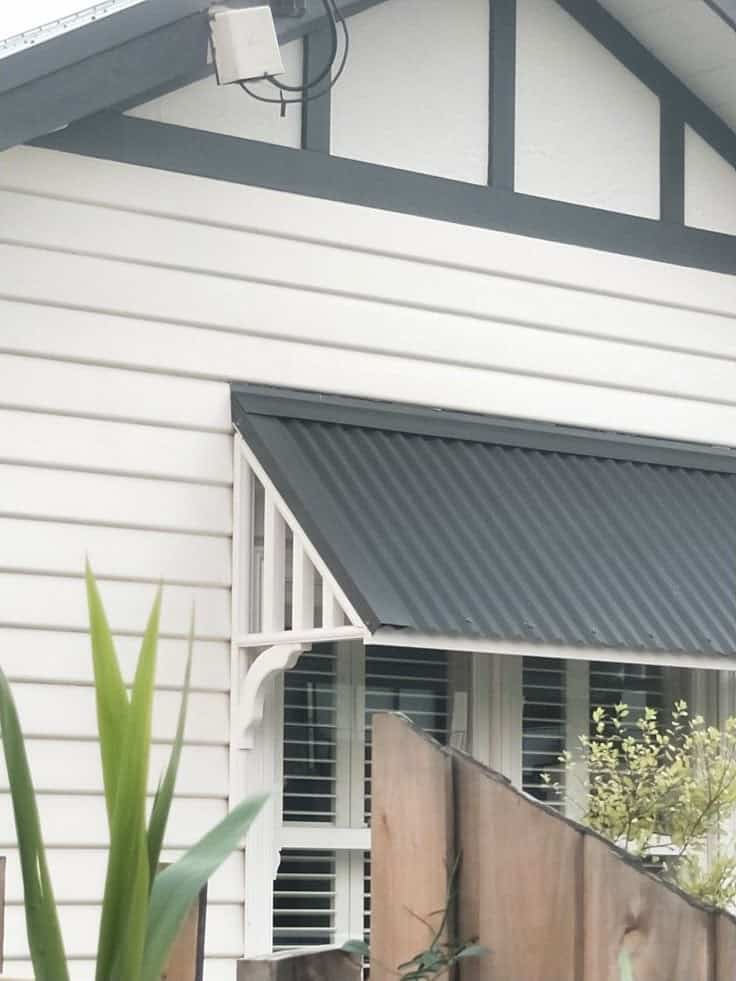
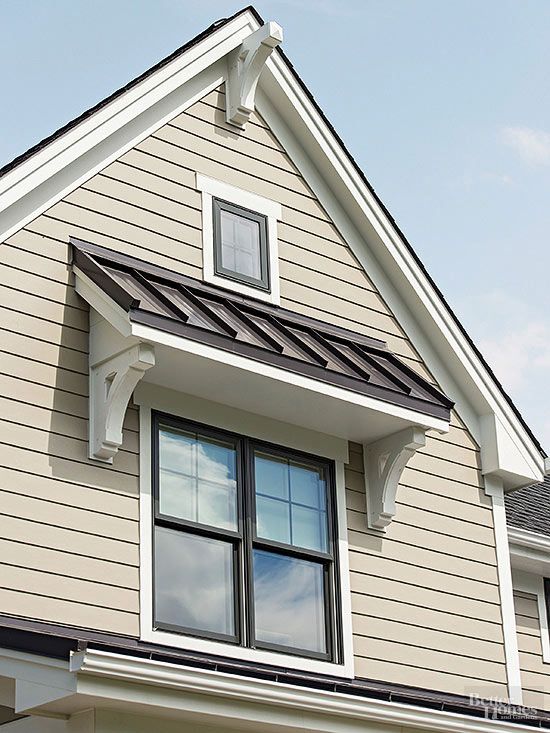
Homeowners should see porch awnings as design elements, not just functional add-ons purchased without regard for how they affect overall appearance. Emphasizing visual harmony and architectural balance creates results that enhance properties and provide satisfaction beyond just shade provision. Treating awnings as important design decisions produces better outcomes than viewing them as purely utilitarian.
The most successful awning selections happen when homeowners consider architecture, color coordination, proportions, and overall design coherence together rather than in isolation. Taking time to get these elements right prevents regrets and creates outdoor spaces that feel complete and intentional. Good design isn’t accidental, it requires thoughtful planning that respects architectural character while meeting functional needs.
- 4shares
- Facebook0
- Pinterest4
- Twitter0

